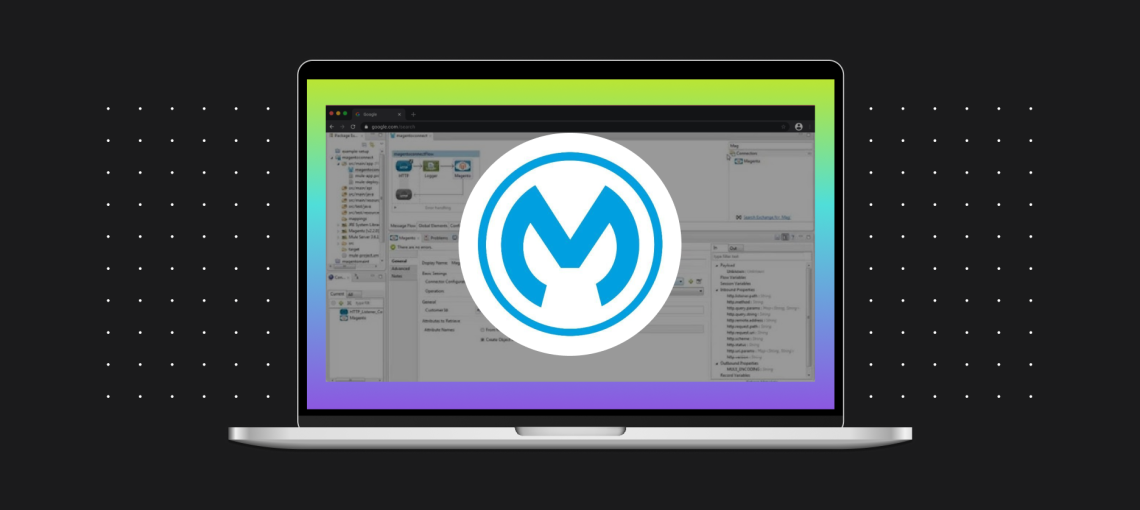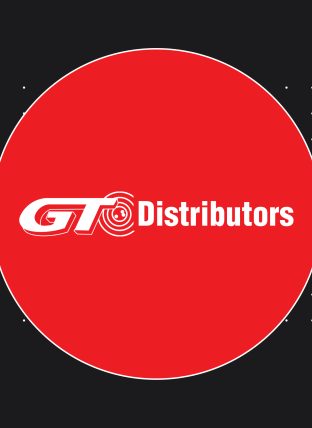Mulesoft’s Anypoint platform can be a reliable choice for middleware. With its maturity in the integration space, combined API and IPaaS functionality, and simplicity to use, we consider it a contender against Red Hat Fuse and Amazon Eventbridge.
Anypoint is truly ready-to-go with minimal coding needed to expose and connect existing APIs. Mulesoft offers multi-cloud support, security support, multi-tenancy (to appropriately attribute costs to different business units).
The API offering allows companies to create API endpoints to all their connected systems with robust monitoring and configurations. This allows for robust and secure access to internal or external systems.
Mulesoft is also a thought leader in the integration space and has underpinned its Anypoint platform with machine learning that can discover reusable artifacts, flows, connectors, and data from within the platform.
Mulesoft, however, is more expensive than other solutions. The entry-level cost is around $100,000 per year , and they typically look for three- or five-year contracts. Their sales force is informed, technical, helpful, and stays heavily engaged during contract negotiations (Mulesoft is owned by Salesforce).
Analysis of key features.
Ease of Use
Mulesoft is extremely easy to use, with a desktop-integrated development environment (IDE) in Anypoint Studio. This IDE allows developers to get right to work in interacting with the Anypoint platform. Mulesoft is also continually offering simple-to-use integration tools, like flow designer, to their toolset. These interface-based tools give developers and IT professionals a quick way to start to integrate services in Anypoint.
Community Support
There is a large and highly engaged community around Mulesoft, boasting 42,000 members. There are regular conferences, meetups, community-driven Q&A sites.
Ability to Scale
Mulesoft’s iPaaS is running on top of Amazon Web Services with flexibility baked into the pricing model – as they sell Anypoint based on CPU consumption. The platform has been built to be distributed, not just a monolith – Mulesoft says their platform will run on a raspberry-pi or any cloud provider.
Mulesoft’s active-active clustering does, however, require a Platinum Support subscription, which claims to be infinitely scalable. Their ETL is very mature as they have distilled down complex features into a simple interface that requires little knowledge of the backend code necessary to make the data transformations.
Security
Anypoint’s security is top-notch and meets or exceeds most security frameworks to include PCI DSS, SOC 2, and HIPAA. They use a shared security model where the end customer is responsible for using the tools they provide to secure the data that passes through their system, while they maintain the security of the system.
Total cost of ownership.
Mulesoft is easy enough to set up, and there is a large library of “Anypoint Connectors” written by Mulesoft and 3rd party partners. However, when testing, ABT found a lot of common ERP systems were not accounted for in their connector library.
However, their IDE would make the development and testing of connectors a bit faster than other platforms. We believe the complete setup and integration of Mulesoft with the standard eCommerce requirements to an ERP without an existing connector would take between 100-125 hours.
License evaluation, cost flexibility, and vendor lock-in analysis.
- License Evaluation – A two-week trial period is available with Mulesoft. While that period can be extended several times, their sales process is aggressive. As a fully commercial offering that is considered an enterprise product and a leader in the space, they do command a premium price after the evaluation period.
- Cost Flexibility – Mulesoft does not provide as much cost flexibility relative to the other contenders. Mulesoft requires a minimum annual contract and will push for a multi-year deal.
Mulesoft has a “usage factor” but it isn’t a strictly pay-for-what -you-use model. Instead, it is a combination of low average yearly base cost, plus an added expense that ramps up as time goes on.
- Vendor Lock-In Analysis – In general an integration tool such as API manager or IPaaS are not nearly as sticky as something like choosing an ERP, CRM, etc. By nature this integration layer can be plugged and unplugged.
For the initial integration requirements, any middleware/IPaaS can be replaced without too much trouble, but the connectors and configurations need to be redone. We don’t see any major benefit to one contender vs. another for vendor lock-in at a technical level but you can expect a typical annual or multi-year agreement with Mulesoft so that reduces the score.
Technical commentary.
The trend in software development is toward a microservices-based architecture. Rather than building monolithic software that is built and deployed together with interdependency woven in, building with a collection of microservices is based on the premise that small services with a narrow purpose provide the best scalability, resilience, and flexibility.
Mulesoft’s approach is to provide an enterprise-level offering of these services, and not provide a suite of individual a-la-carte services. Even though Mulesoft by its nature supports the microservices concept, their offering is considered by some a monolith at least in terms of how it’s licensed and consumed.
Need help choosing the best middleware platform?
If you are interested in using middleware as an integrations solution, or if you are looking for any help choosing the right technology, our team is here to help. Contact us for a free consultation. We have a proven research process to evaluate options.








